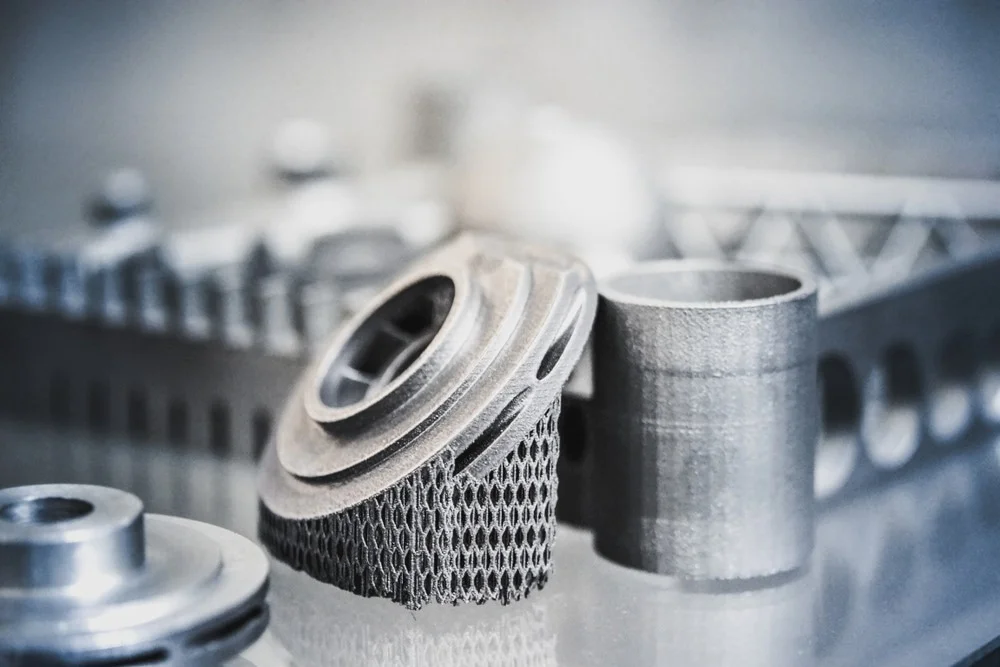ASTM E1012 Verification of Test Frame Alignment for High Temp Testing
The ASTM E1012 standard is a critical reference in the metallurgy and material testing sectors, particularly when evaluating materials subjected to high temperatures. This test ensures that specimens are correctly aligned within the high-temperature testing frame, which is essential for accurate and reliable creep strength data.
Creep properties refer to the time-dependent deformation of materials under constant stress at elevated temperatures. High-temperature tests are crucial in industries such as aerospace, automotive, power generation, and petrochemicals where components may experience significant thermal loads over extended periods. Accurate verification of test frame alignment is paramount because even minor misalignment can lead to erroneous creep strength data.
The ASTM E1012 standard provides a detailed procedure for aligning the specimen holder within the high-temperature testing frame. This process ensures that the specimen experiences uniform stress and strain, which is critical for obtaining meaningful results. The test involves several steps, including:
- Setting up the test frame according to ASTM E1012 specifications.
- Inserting the specimen into the holder while ensuring proper alignment.
- Calibrating the temperature control system.
- Applying a predefined load and monitoring for deformation over time.
The alignment verification process is critical because any misalignment can lead to non-uniform stress distribution, which may result in premature failure of the specimen. This, in turn, would lead to incorrect creep strength data, potentially causing safety issues or costly product failures downstream.
High-temperature testing frames are complex pieces of equipment designed to withstand extreme conditions while maintaining precision and accuracy. The ASTM E1012 standard outlines specific requirements for these frames to ensure they can operate reliably under harsh conditions. These requirements include:
- Material selection: High-strength, creep-resistant alloys.
- Thermal insulation: To minimize heat loss during testing.
- Load application mechanism: Ensuring consistent and accurate stress application.
The ASTM E1012 standard also provides guidance on the use of reference specimens to validate the alignment process. These reference specimens are used to calibrate the test frame before conducting actual creep tests. This ensures that any deviations in alignment can be detected early, allowing for adjustments and revalidation.
Understanding the importance of ASTM E1012 verification is crucial for quality managers, compliance officers, R&D engineers, and procurement specialists working in industries where high-temperature materials are used. By ensuring proper alignment, these professionals can trust the results of their tests, leading to safer and more reliable products.
The ASTM E1012 standard has been widely adopted due to its robustness and reliability. It provides a clear set of guidelines that ensure consistent testing across different laboratories, which is essential for maintaining industry standards and comparability between test results from various sources.
Applied Standards
| Standard Name | Description |
|---|---|
| ASTM E1012-21 | Standard Practice for High-Temperature Testing of Metallic Materials in Tension, Compression, or Bending. |
Benefits
The ASTM E1012 verification process offers numerous benefits to those involved in high-temperature testing. These include:
- Improved accuracy of creep strength data.
- Enhanced reliability and safety of products used in high-temperature environments.
- Cost savings through reduced retesting due to erroneous alignment.
- Promotion of consistent testing practices across different laboratories.
- Achievement of regulatory compliance, which is essential for industries operating under stringent regulations.
In summary, the ASTM E1012 verification process ensures that high-temperature tests are conducted with precision and accuracy. This leads to more reliable product design and manufacturing processes, ultimately enhancing safety and reducing costs associated with product failures or non-compliance issues.
Industry Applications
- Aerospace: Ensuring the durability of engine components under extreme conditions.
- Automotive: Evaluating the performance of materials in exhaust systems and turbochargers.
- Petrochemicals: Assessing the integrity of pipeline components exposed to high temperatures and corrosive environments.
- Power Generation: Verifying the reliability of turbine blades and other critical components used in power plants.
The ASTM E1012 verification process is essential for any industry where materials are subjected to high temperatures. By ensuring proper alignment, these industries can trust the results of their tests, leading to safer and more reliable products.





